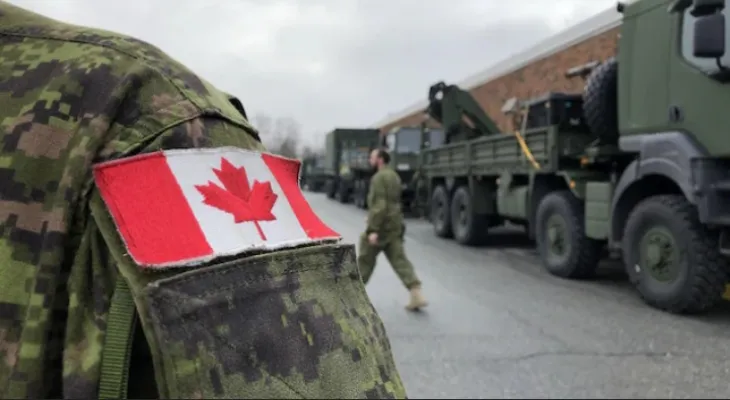Search here
Newspaper
Search here

Arab Canada News
News

Published: July 27, 2023
Canada and other NATO member countries have faced criticism for years for not dedicating 2 percent of their GDP to military spending, a target set by the military alliance in 2014.
The Canadian government has consistently failed to meet this target; however, earlier this month, NATO member leaders pledged to increase spending on national defense, agreeing to make the current target of 2 percent of GDP the minimum amount spent each year, with one-fifth of that allocated for major equipment and research and development.
It is unclear when such a goal can be achieved, as although Canada has agreed to the standard, it has not laid out a plan to reach it.
The agreement also raises questions about the type of budget pressures Canada will face from spending billions more annually on its military, and whether this additional spending will lead to a radical change in the country's defense forces.
Can Canada afford the increase in military spending?
Canada will not be able to meet NATO spending obligations without incurring more federal deficits and debt.
Jack Fuss, director of financial studies at the Fraser Institute, explained that Canada cannot increase spending on the military without seriously undermining its financial position unless it is willing to prioritize such spending over currently favored federal initiatives and programs.
According to NATO figures, the Canadian military budget in 2023 is about $36.7 billion or 1.29 percent of GDP.
Thus, adding 0.7 percentage points to reach the 2 percent mark this year means an increase of $20 billion in spending, and this will come at a time when Canada is already facing a $40 billion deficit.
Pedro Antunes, chief economist of the Canadian Conference Board, stated, “The financial situation is extremely difficult, and we certainly won’t have $20 billion available.”
A report from the Parliamentary Budget Office in June 2022 also projected that to achieve the targeted 2 percent of military spending from GDP, Canada would need to spend an additional $15.5 billion in the fiscal year 2023-24, $14.5 billion in 2024-25, $14.1 billion in 2025-26, and $13 billion in 2026-27.
Will this lead to a significant change in the military?
Experts have confirmed that increasing spending to 2 percent will not lead to an immediate change in the military, partly due to procurement processes and staffing shortages.
However, any long-term cash infusion will mean a gradual evolution of the military.
Craig Stone, a professor emeritus of defense studies at the Canadian Forces College, stated that this type of funding increase would certainly allow the military to make some significant capital investments and enable the Canadian military to modernize most of its aging equipment.
Comments